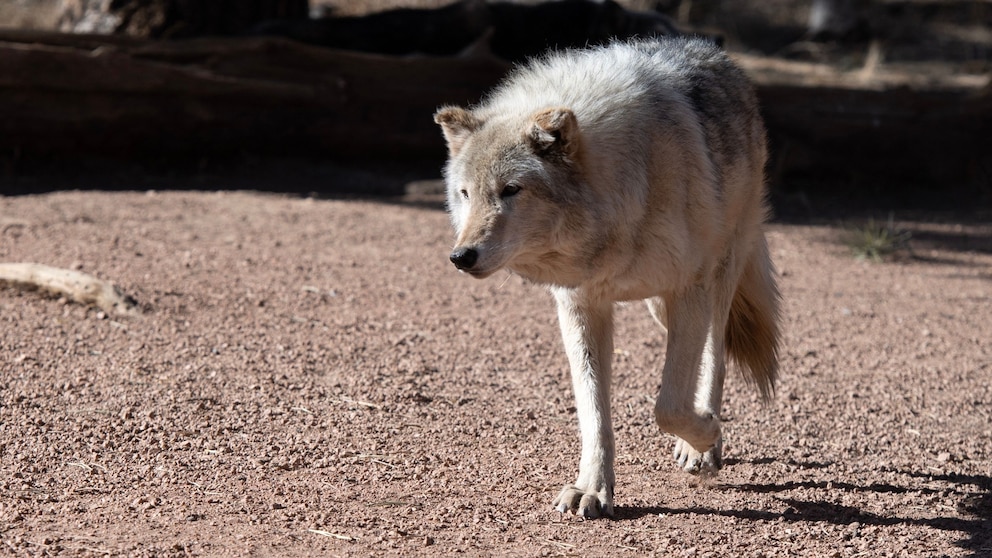Colorado’s Reintroduction Effort Sees the Release of 5 More Gray Wolves
In a significant step towards restoring the ecological balance and preserving biodiversity, Colorado’s reintroduction effort has recently witnessed the release of five more gray wolves into the wild. This development marks a crucial milestone in the state’s ambitious plan to reintroduce these majestic creatures, which have been absent from Colorado for nearly a century.
The reintroduction effort is part of a broader initiative aimed at restoring the natural habitat and wildlife populations in Colorado. Gray wolves, once abundant throughout North America, were eradicated from Colorado by the early 1940s due to unregulated hunting and habitat loss. However, recognizing the vital role these apex predators play in maintaining healthy ecosystems, the state embarked on a mission to bring them back.
The journey to reintroduce gray wolves in Colorado began in 2020 when voters approved Proposition 114, which directed the Colorado Parks and Wildlife Commission to develop a plan for their reintroduction. The commission has been working diligently to ensure a smooth and successful reintroduction process, collaborating with various stakeholders, including ranchers, conservationists, and local communities.
The release of these five gray wolves is a significant achievement for the reintroduction effort. The wolves were carefully selected from different regions to maximize genetic diversity and increase the chances of establishing a sustainable population. Prior to their release, each wolf underwent an extensive acclimation process to adapt to their new surroundings and minimize potential conflicts with humans.
Experts believe that reintroducing gray wolves will have far-reaching benefits for Colorado’s ecosystems. As apex predators, they play a crucial role in regulating prey populations, such as elk and deer, which can become overabundant without natural predators. This, in turn, helps maintain a balanced ecosystem by preventing overgrazing and promoting healthier vegetation growth.
Moreover, gray wolves are known as keystone species, meaning their presence has cascading effects on other species within the ecosystem. Their hunting behavior can indirectly benefit a wide range of species, including scavengers like ravens and eagles, by providing them with carrion. Additionally, their presence can influence the behavior of herbivores, leading to changes in their browsing patterns and ultimately enhancing plant diversity.
While the reintroduction effort has garnered widespread support from conservationists and wildlife enthusiasts, it has also faced opposition from some sectors. Concerns have been raised regarding potential conflicts between wolves and livestock, as well as impacts on hunting opportunities. However, the Colorado Parks and Wildlife Commission has been proactive in addressing these concerns, implementing measures to mitigate conflicts and engaging in ongoing dialogue with stakeholders.
To ensure the long-term success of the reintroduction effort, monitoring and research are crucial. The released wolves will be closely monitored through radio collars, allowing researchers to gather valuable data on their movements, behavior, and interactions with other wildlife. This information will help inform future management decisions and ensure the well-being of both wolves and local communities.
Colorado’s reintroduction effort serves as a shining example of proactive conservation and the importance of restoring keystone species to their native habitats. By bringing back gray wolves, the state is taking a significant step towards reestablishing a balanced and thriving ecosystem. As these magnificent creatures roam once again in Colorado’s wilderness, they remind us of the resilience of nature and our responsibility to protect and preserve it for future generations.



